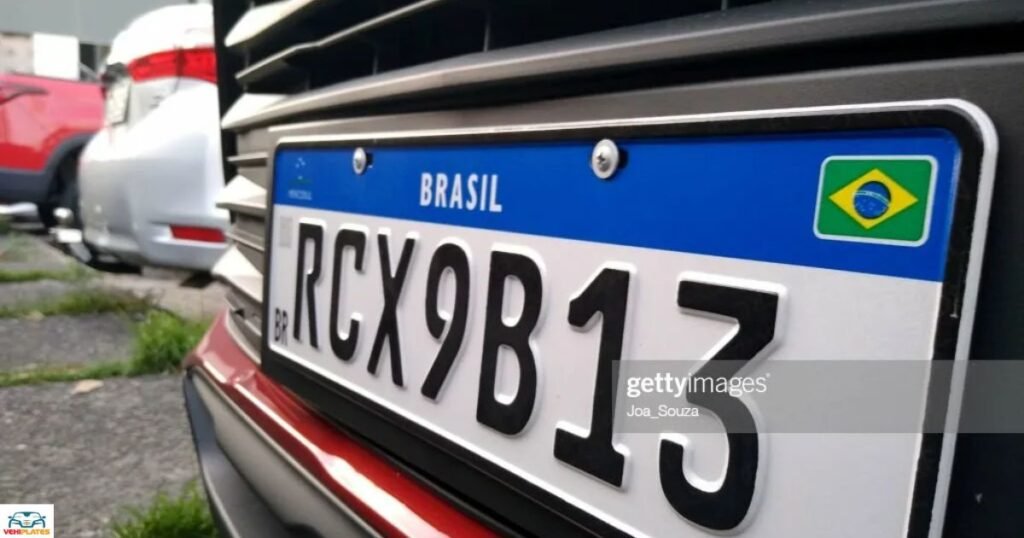When it comes to operating a UTV (Utility Terrain Vehicle) legally on public roads, obtaining a license plate is essential. A license plate not only signifies that your vehicle is registered but also ensures compliance with local laws and regulations.
While the process of getting a license plate for a UTV may vary depending on your location, there are general steps that most jurisdictions follow. In this comprehensive guide, we’ll walk you through the necessary steps to acquire a license plate for your UTV.
Understanding UTV Regulations
Before diving into the process of obtaining a license plate, it’s crucial to understand the regulations governing UTVs in your area. These regulations can vary significantly from state to state or country to country.
Some jurisdictions allow UTVs to be operated on public roads with certain conditions, while others restrict them to off-road use only. Researching and familiarizing yourself with local laws regarding UTV operation will ensure a smoother process when applying for a license plate.
Meeting Requirements

Once you’ve familiarized yourself with the regulations, the next step is to ensure that your UTV meets all the necessary requirements for road use. These requirements may include:
Safety Equipment: Ensure that your UTV is equipped with all the required safety features such as headlights, tail lights, turn signals, mirrors, and a horn.
Emissions Compliance: Some jurisdictions may have emissions standards that your UTV must meet to be eligible for road use.
Insurance: In many places, having liability insurance coverage is mandatory for operating a UTV on public roads.
Vehicle Identification Number (VIN): Your UTV must have a VIN assigned by the manufacturer, which is often required during the registration process.
Registration Process
Once you’ve confirmed that your UTV meets all the requirements, you can proceed with the registration process. This typically involves visiting your local Department of Motor Vehicles (DMV) or equivalent agency and submitting the necessary paperwork. The exact documents required may vary but commonly include:
Proof of Ownership: This could be the manufacturer’s certificate of origin, a bill of sale, or a previous registration document.
Proof of Insurance: Provide documentation showing that your UTV is insured for road use.
VIN Verification: In some cases, you may need to have a law enforcement officer verify the VIN of your UTV. A DMV representative can also perform this verification.
Application Form: Fill out the registration application form provided by the DMV, providing all required information accurately.
Inspection
| Aspect | Description |
| Lights | Check headlights, taillights, and signals. |
| Brakes | Ensure brakes are operational and effective. |
| Tires | Check tire condition and tread depth. |
| Exhaust Emissions | Verify compliance with emission standards. |
| Overall Safety | Ensure the UTV meets safety requirements. |
After the inspection, ensure any necessary repairs or adjustments are made to address any issues found during the inspection process to ensure compliance and safety on the road. If you’re wondering ‘How Do I Return License Plates In NY?‘, be sure to follow the appropriate procedure outlined by the Department of Motor Vehicles.
Paying Fees

Registering a UTV for road use typically incurs various fees, including registration fees, taxes, and possibly inspection fees. These fees can vary depending on factors such as the UTV’s weight, engine size, and the jurisdiction’s fee structure. Be prepared to pay these fees at the time of registration.
Receiving Your License Plate
Once you’ve completed all the necessary steps and paid the required fees, you will be issued a license plate for your UTV. This plate must be affixed to your vehicle in accordance with local laws and regulations.
Ensure you follow the instructions provided by the DMV. This helps avoid legal issues related to license plate placement.
Disclaimer: The information provided in this article is intended for general informational purposes only and should not be considered legal advice. Regulations regarding UTV operation and registration may vary by jurisdiction, so it’s essential to consult with local authorities or legal professionals for specific guidance.
FAQ’s
Can I use my UTV on public roads without a license plate?
Yes, most jurisdictions require UTVs to have a license plate for legal road use.
What safety features are necessary for obtaining a license plate for my UTV?
You’ll need headlights, tail lights, turn signals, mirrors, a horn, and compliance with any applicable emissions standards.
Is insurance mandatory for registering my UTV?
Yes, liability insurance coverage is typically required for operating a UTV on public roads.
Conclusion
Obtaining a license plate for your UTV is a straightforward process that involves understanding local regulations, ensuring your vehicle meets all requirements, completing the registration process, undergoing inspection, paying applicable fees, and finally receiving your license plate.
You can enjoy the freedom of operating your UTV on public roads safely by following these steps. Make sure to adhere to legal requirements as well.










